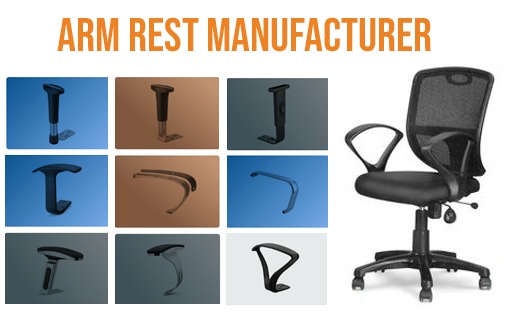Use of armrests in the workplace

The use of armrests in the workplace is a contentious topic in the world of ergonomics. It is not uncommon to see employees with chairs that previously had armrests, but now do not. When asked about their absence, employees often attribute their removal to recommendations from past ergo evaluators. However, despite the removal of armrests, many employees still report experiencing discomfort and pain.
The question arises - why remove armrests in the first place? Is it truly necessary or helpful to use armrests when working on a computer? Are chair armrests detrimental to our health? There are many misconceptions surrounding the use of armrests. In this blog, we will debunk these myths and half-truths and determine whether armrests are beneficial or detrimental to our well-being.

The decision of whether to have armrests on a chair or not depends on personal preference and the intended use of the chair. Here are some factors to consider when deciding whether to add armrests to a chair:
1. Comfort: Armrests can provide additional support for the arms, reducing the strain on the neck and shoulders. If you plan to use the chair for extended periods, armrests may provide more comfort and reduce fatigue.
2. Space: Armrests can take up additional space, making the chair larger and less flexible in small spaces. If you have limited space, chairs without armrests may be a better option.
3. Functionality: Chairs with armrests may be more suitable for specific functions, such as dining chairs, office chairs, or lounge chairs. If the chair is intended for a specific purpose, armrests may be necessary.
4. Aesthetics: Armrests can enhance the look of a chair and add to its overall design. However, if you prefer a more minimalist or streamlined look, chairs without armrests may be more suitable.
5. Cost: Chairs with armrests may cost more than chairs without armrests due to the additional material and production costs. If budget is a concern, chairs without armrests may be a more affordable option.
According to the "BIFMA G1-2013, ERGONOMICS GUIDELINE FOR FURNITURE USED IN OFFICE WORK SPACES DESIGNED FOR COMPUTER USE," the Business and Institutional Furniture Manufacture Association (BIFMA) provides the following guidance on arm support (ISO 9241-5, 5.5.5):
Armrests can help support the muscles in the neck and shoulders and can aid in sitting down and standing up. For armrests that are adjustable in height and width, their range should accommodate the 5th percentile female to the 95th percentile male of the user population.
Armrests should not hinder the user's preferred working posture. If armrests obstruct the user, they should be adjustable or detachable so as not to interfere with task performance.
Proper arm support while maintaining proximity to the work surface depends on several chair dimensions and adjustments, such as seat width, distance between armrests, armrest width, length, and height, as well as armcap dimensions and movement.
It is crucial to consider these factors because the geometry and position of armrests should accommodate various user postures and body dimensions. While armrests are typically included with the chair, alternate methods may provide sufficient support.
In summary, the decision of whether to add armrests to a chair ultimately depends on personal preference, functionality, space, aesthetics, and cost. Carefully considering these factors can help you determine whether armrests are necessary for your chair.
Being a client-oriented organization, we have never compromised on the product and service quality at any cost. We have maintained enduring relationship with our customers by providing them with products and services.
Only Manufacturer with in house production of all products in Delhi/ NCR



